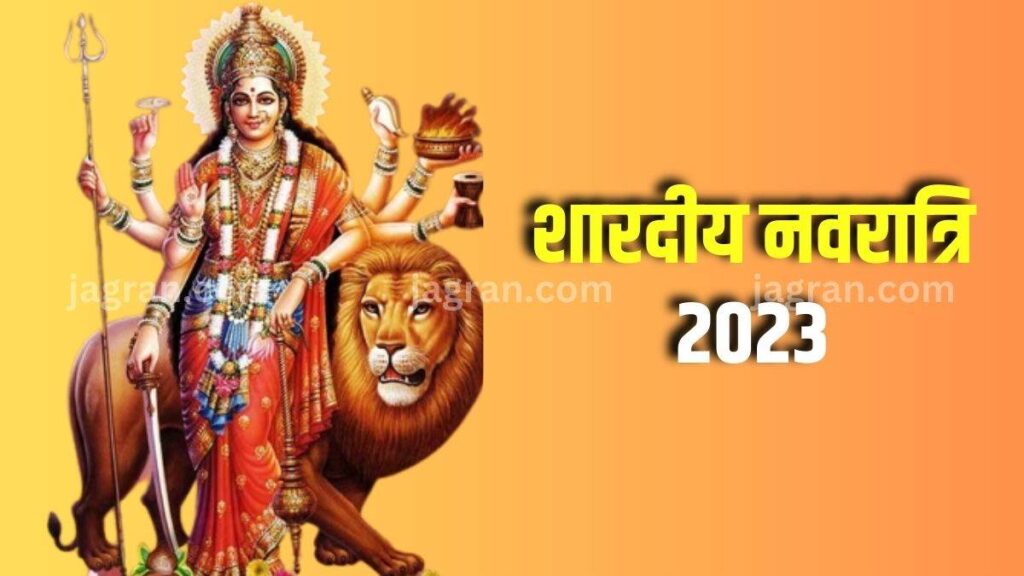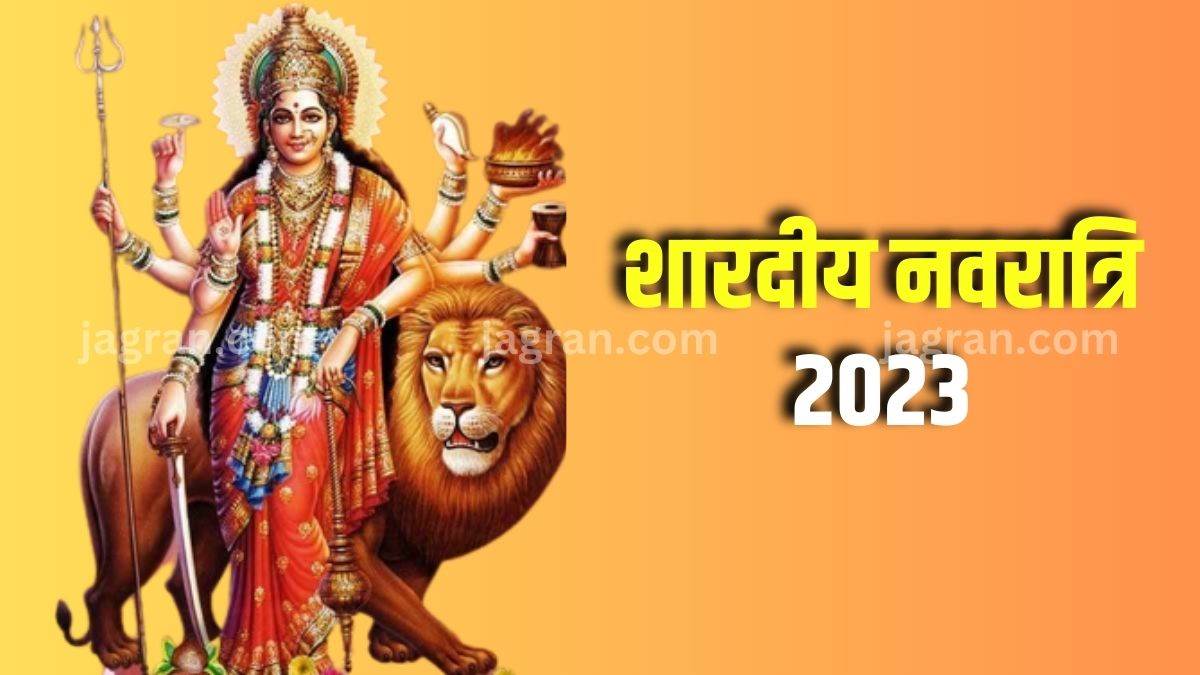
Navratri, a vibrant and spiritually enriching Hindu festival, holds a special place in the hearts of millions of people worldwide. This nine-night extravaganza is celebrated with great fervor and devotion, and it marks the triumph of good over evil, light over darkness, and knowledge over ignorance. In this article, we’ll delve into the essence of Navratri, its significance, and how it’s celebrated across India and beyond.
The Significance of Navratri
Navratri, a Sanskrit word that translates to “Nine Nights,” is dedicated to the worship of the divine feminine energy, often personified as Goddess Durga, in her various forms. This festival typically occurs in the Hindu calendar month of Ashwin (September-October) and is celebrated with immense enthusiasm across the Indian subcontinent. Navratri signifies the victory of the goddess over the demon Mahishasura, symbolizing the triumph of righteousness over evil.
The Nine Forms of Goddess Durga
Each day of Navratri is associated with one of the nine forms of Goddess Durga, known as Navadurga. These forms represent different facets of the divine feminine energy:
- Shailaputri: The daughter of the Himalayas, she represents purity.
- Brahmacharini: The ascetic form, she symbolizes the pursuit of knowledge and wisdom.
- Chandraghanta: The one with a half-moon on her forehead, she signifies bravery.
- Kushmanda: The creator of the universe, she represents divine power.
- Skandamata: The mother of Lord Kartikeya, she embodies maternal love.
- Katyayani: The fierce form, she symbolizes courage and valor.
- Kalaratri: The dark and ferocious form, she destroys ignorance and darkness.
- Mahagauri: The pure and compassionate form, she grants blessings and peace.
- Siddhidatri: The bestower of supernatural powers, she represents spiritual awakening.
Navratri Celebrations
During Navratri, people engage in various forms of worship and celebration:
- Garba and Dandiya: In Gujarat and many other parts of India, people gather to perform the traditional folk dance of Garba and Dandiya, accompanied by rhythmic music and colorful attire.
- Fasting: Many devotees observe fasts during Navratri, abstaining from grains and certain foods. They offer fruits, milk, and other fasting-friendly items to the goddess.
- Artistic Decorations: Homes and temples are adorned with intricate rangoli designs, lamps, and flowers to create a festive atmosphere.
- Spiritual Discourses: Devotees often attend spiritual discourses and bhajan (devotional song) sessions during Navratri to enhance their spiritual understanding.
- Visiting Temples: Temples dedicated to Goddess Durga witness an influx of devotees who come to seek her blessings during this auspicious period.
- Cultural Performances: In addition to traditional dances, Navratri also showcases various cultural performances and events, reflecting the diversity of India’s rich cultural heritage.
Conclusion
Navratri, a festival of devotion, music, dance, and spirituality, unites people from all walks of life in a celebration of the divine feminine energy. It is a time when individuals come together to reaffirm their faith, values, and cultural identity. Whether you participate in the exuberant Garba dance or opt for a more contemplative approach, Navratri offers something for everyone. It is a festival that not only brings communities together but also serves as a reminder of the enduring power of good over evil and light over darkness, resonating with people of all backgrounds.

